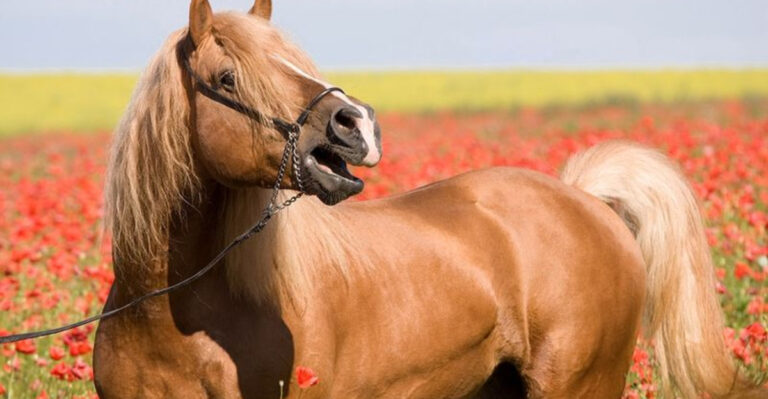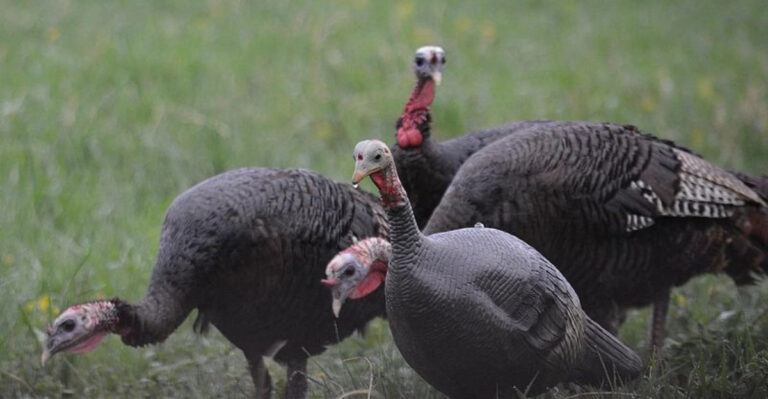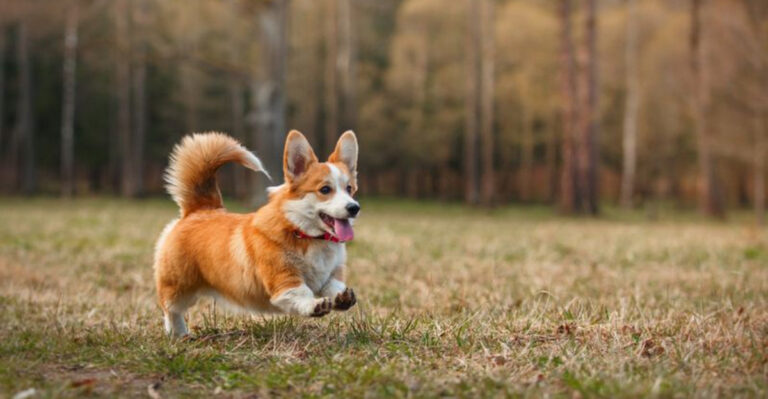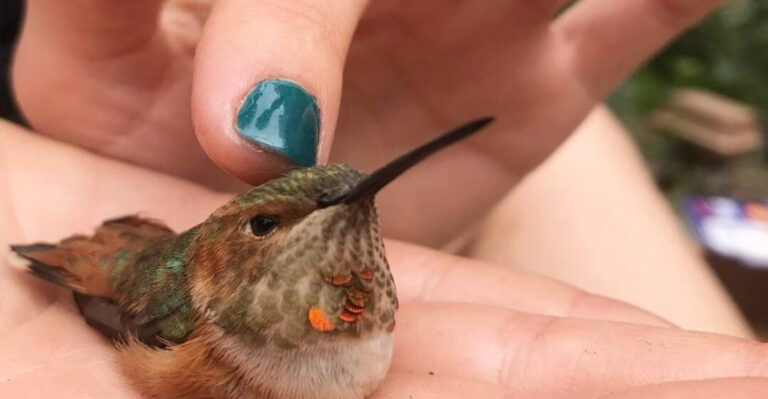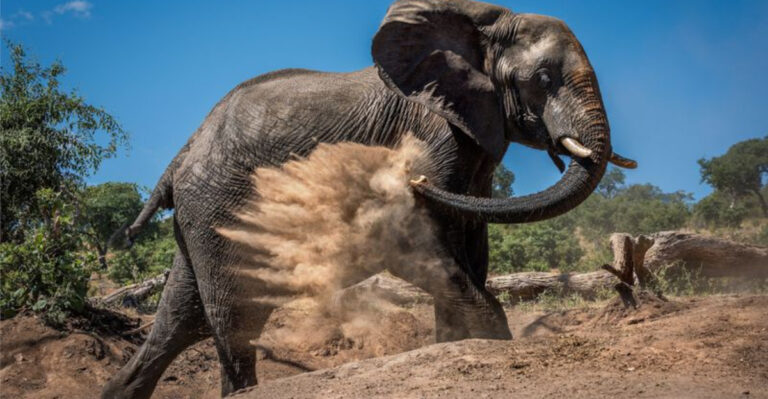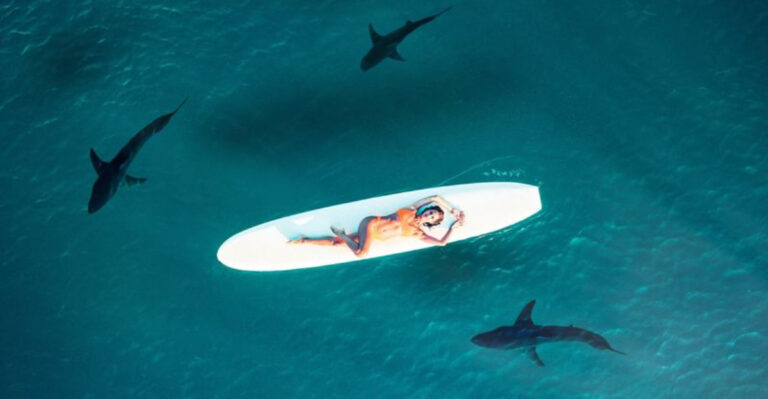13 Animals That Even Bears Tend To Avoid
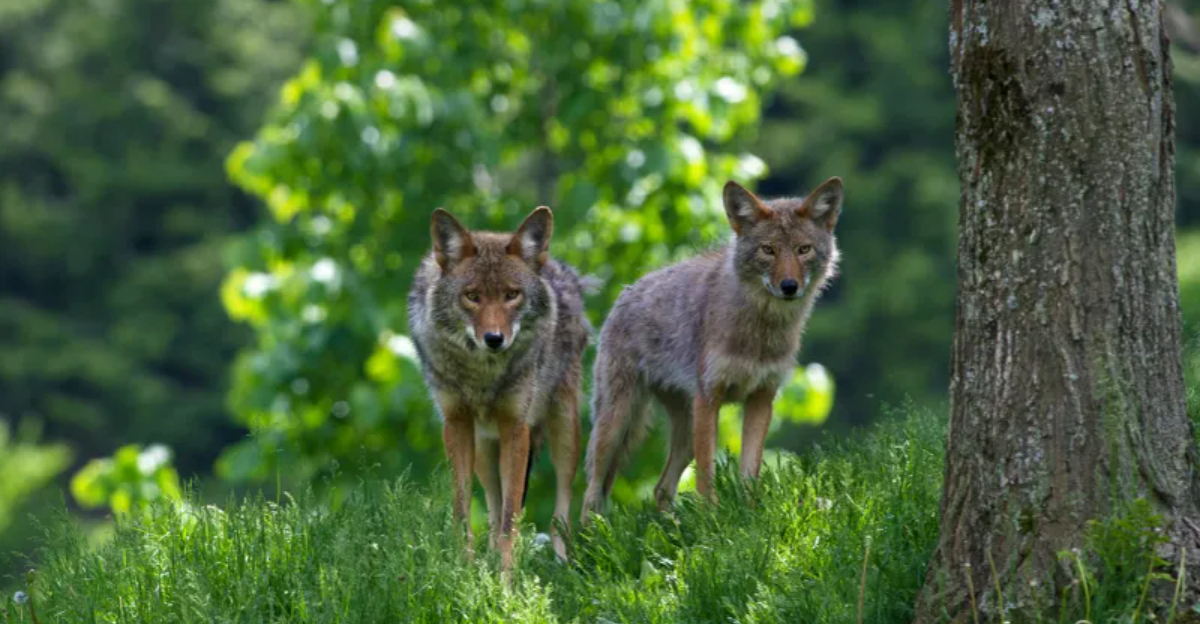
Bears are known as woodland kings, fierce predators that few dare to challenge. But even these mighty beasts have their limits when it comes to certain animal encounters.
From surprisingly fierce tiny creatures to massive mammals and specialized hunters, these animals make even the most confident bears think twice before picking a fight.
1. Honey Badger
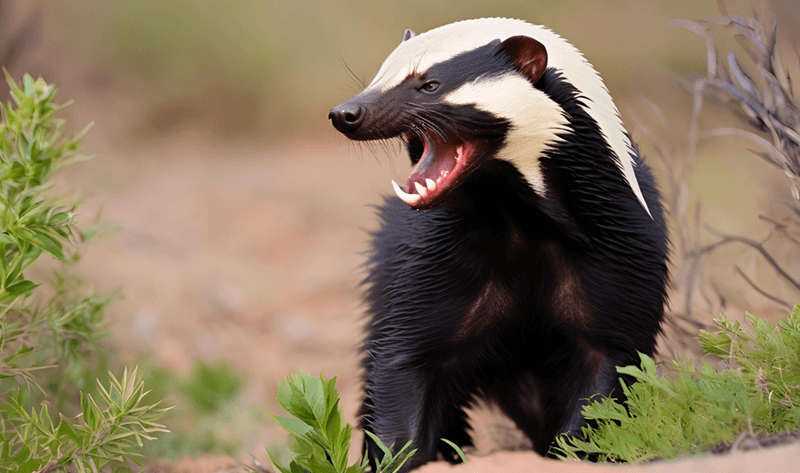
Pound for pound, few creatures match the sheer audacity of honey badgers. These relatively small mammals have skin so loose and thick that predator bites rarely penetrate—it’s like wearing natural armor.
Their ferocity is legendary, with documented cases of them scaring off lions and hyenas. Bears wisely keep their distance, recognizing that honey badgers simply don’t back down from anything.
2. Wolverine
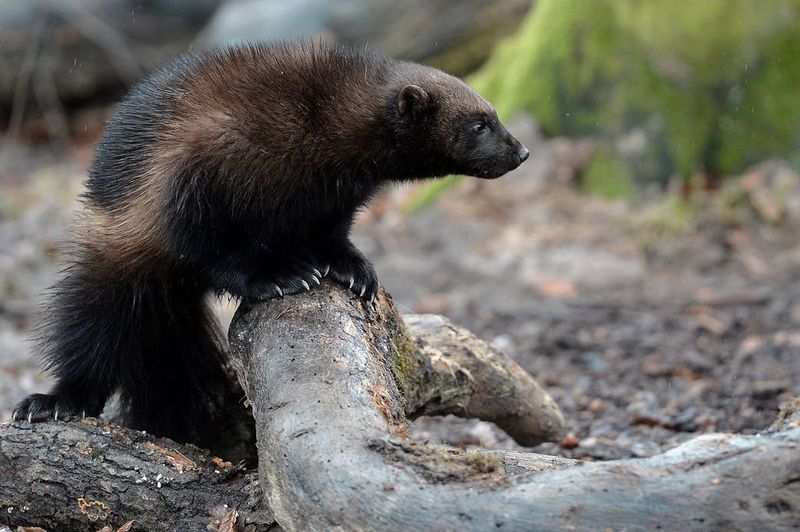
Despite weighing just 30 pounds, wolverines have earned the nickname “mountain devil” for good reason. Their jaws can crush frozen bones and their determination knows no bounds.
These muscular mustelids will fight animals many times their size and have been known to drive bears away from kills. Their aggression isn’t just for show—they’ve evolved to survive in the harshest environments on earth.
3. Bison
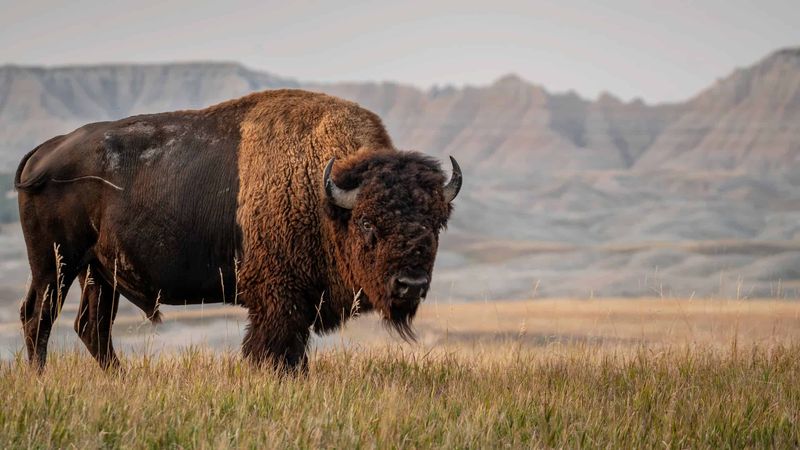
Weighing up to 2,000 pounds with horns that can gore any attacker, bison aren’t just big—they’re walking tanks. Their massive shoulder humps house powerful muscles that can toss a full-grown bear like a rag doll.
Bears hunting calves must contend with the entire herd’s defense formation. Even grizzlies think twice before challenging these prairie giants whose strength matches their impressive bulk.
4. Moose
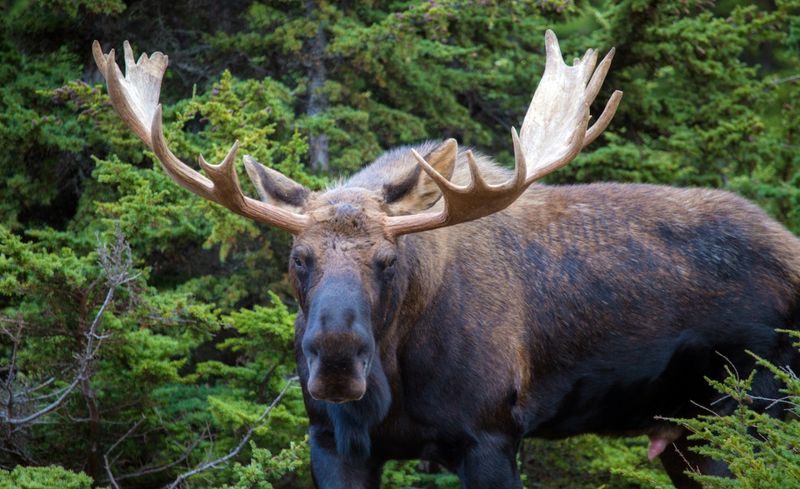
Standing seven feet tall at the shoulder with antlers spanning six feet, moose are essentially walking fortresses. Their powerful legs can deliver kicks capable of killing wolves—or bears—with a single blow.
During mating season, bull moose become particularly aggressive and territorial. Bears typically avoid these encounters entirely, recognizing that the risk of injury from those deadly hooves and massive antlers far outweighs any potential meal.
5. Mountain Lion
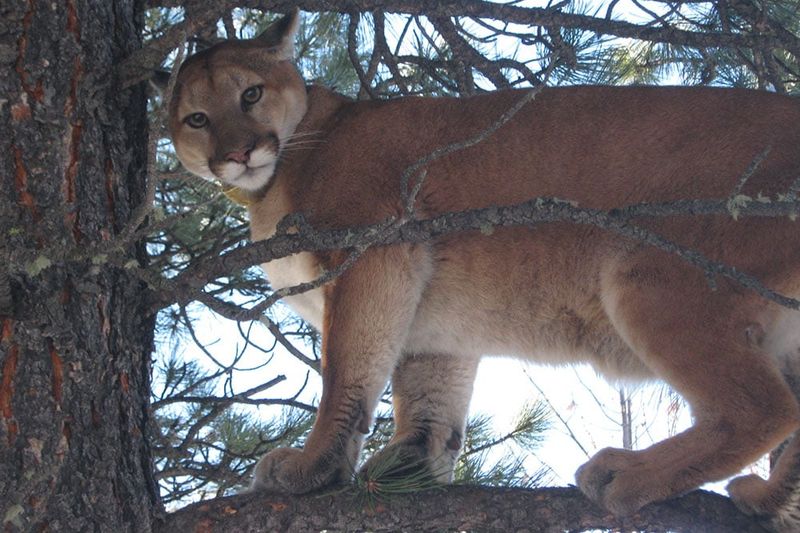
Masters of ambush, mountain lions possess a deadly combination of stealth, speed, and raw power. Their hunting strategy relies on surprise—leaping from elevated positions with precision that few animals can match.
Bears may have size advantage, but they lack the agility and quick reflexes of these big cats. The two predators generally maintain a respectful distance, each recognizing the other’s lethal capabilities in their shared territories.
6. Coyote
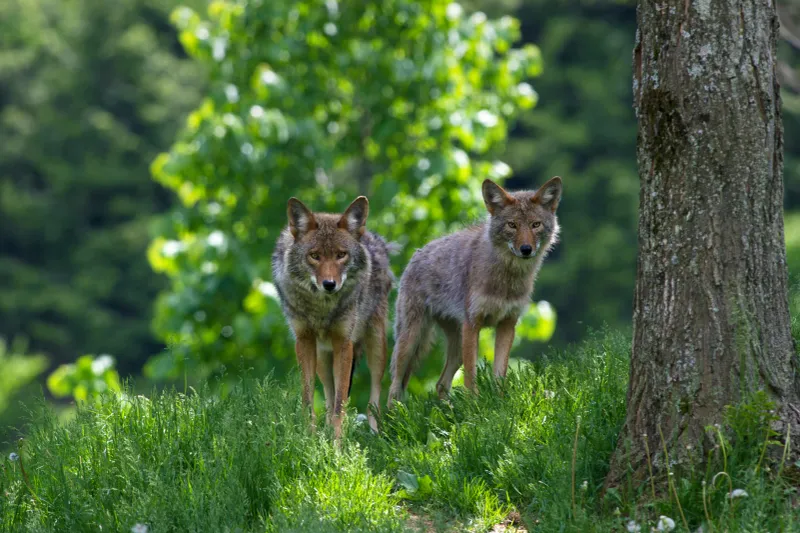
Survival specialists with remarkable adaptability, coyotes thrive where other predators struggle. Their intelligence allows them to assess threats accurately and respond appropriately—whether that means fighting, fleeing, or forming temporary alliances.
Bears rarely catch coyotes thanks to their lightning-fast reflexes and superior maneuverability. Pack coordination adds another layer of protection, with multiple coyotes working together to confuse and divert larger predators.
7. Bald Eagle
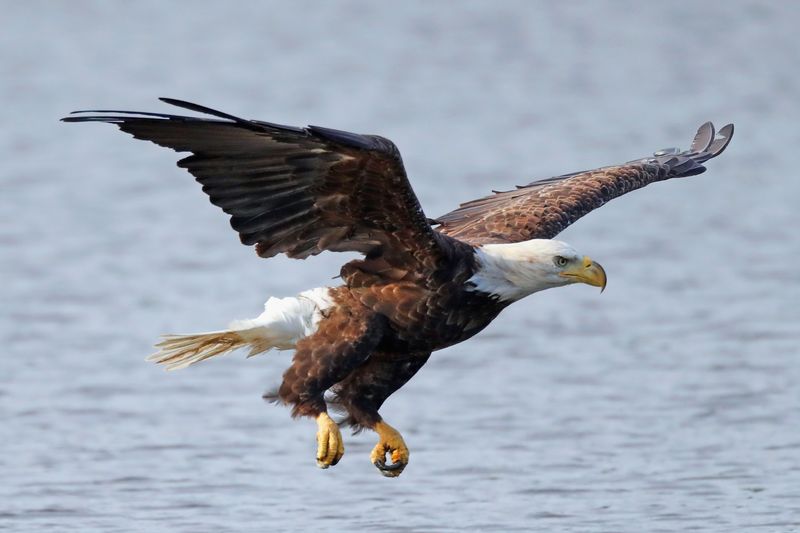
Armed with talons that exert over 400 pounds of pressure per square inch, bald eagles are aerial assassins few animals challenge. Their perfect combination of keen eyesight, powerful grip, and razor-sharp beak makes them formidable opponents.
Bears seeking eagle nests face determined aerial assaults from these protective parents. The risk of serious eye injuries from diving eagles often convinces bears to seek easier meals elsewhere rather than face these patriotic predators.
8. Wild Boar
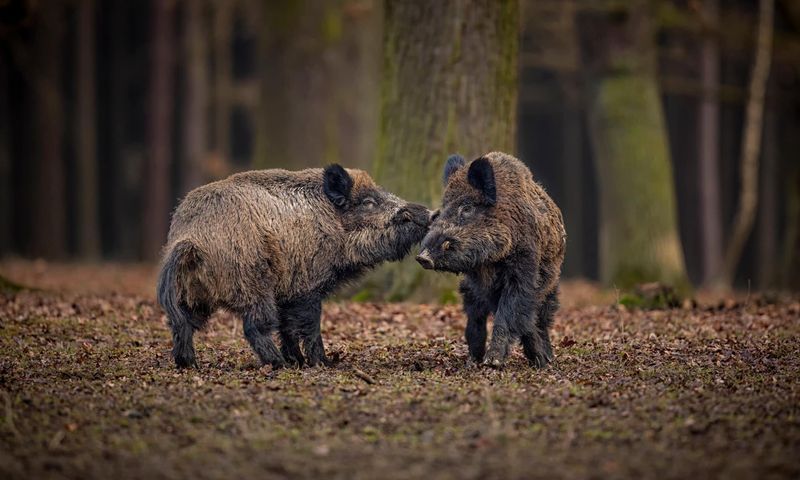
Equipped with razor-sharp tusks and covered in coarse hair that acts as natural armor, wild boars are living battering rams. Their low center of gravity and stocky build make them surprisingly difficult to topple.
Bears hunting piglets must contend with protective mothers capable of disemboweling predators with a single upward thrust. The boar’s charging speed combined with their willingness to fight to the death makes them adversaries that even bears approach with caution.
9. Rattlesnake
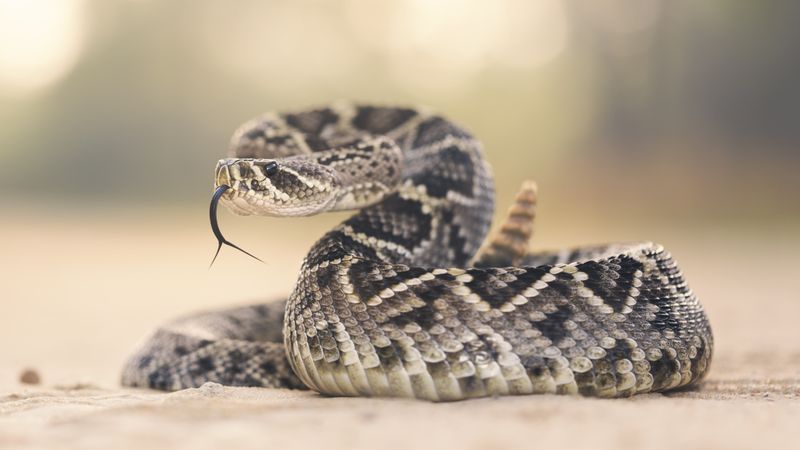
Nature’s warning system comes with deadly consequences for those who ignore it. Rattlesnakes can strike at one-third the speed of sound—faster than bears can react.
Their hemotoxic venom destroys tissue and prevents blood clotting, potentially leading to a slow, painful death. Even for massive bears, a well-placed bite from these serpents means serious trouble, explaining why bears give rattlesnakes a wide berth whenever possible.
10. Orca Whale
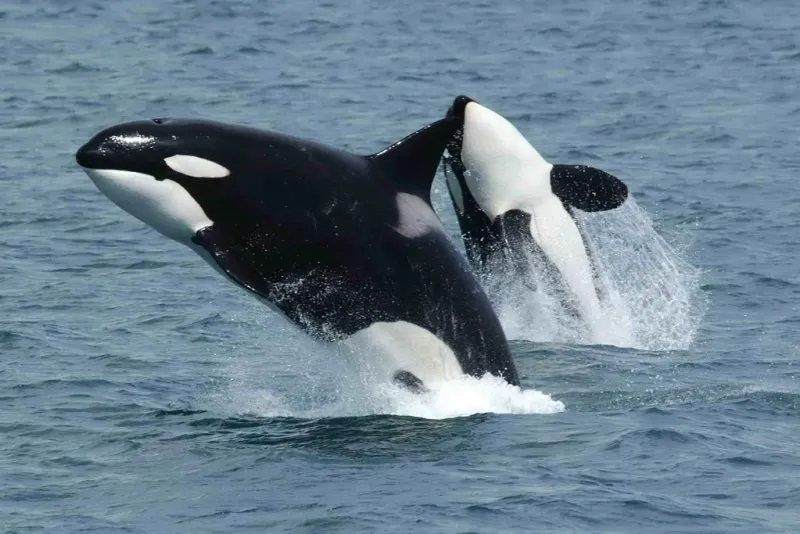
Nicknamed “wolves of the sea,” orcas hunt with calculated precision that makes them apex predators in marine environments. Their intelligence allows them to develop specialized hunting techniques for different prey—including bears swimming between islands.
Coastal bears have learned to respect the black-and-white hunters patrolling shorelines. When orcas are present, even hungry bears will postpone fishing expeditions rather than risk becoming the catch of the day themselves.
11. Wolf Pack
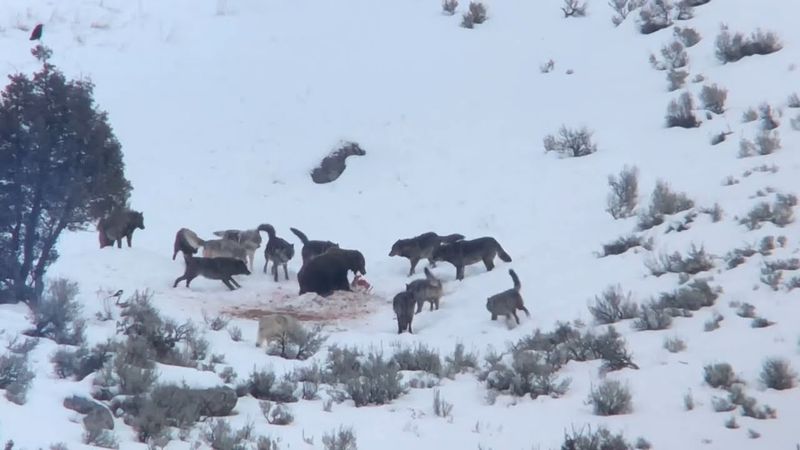
Masters of teamwork, wolves compensate for individual size disadvantages through flawless pack coordination. Their hunting strategy relies on exhausting larger prey through sustained pursuit—a tactic that works even against bears.
A lone wolf poses little threat, but a unified pack changes the equation dramatically. Bears understand this math problem intuitively, often surrendering kills rather than facing multiple sets of jaws attacking from different angles simultaneously.
12. Spotted Hyena
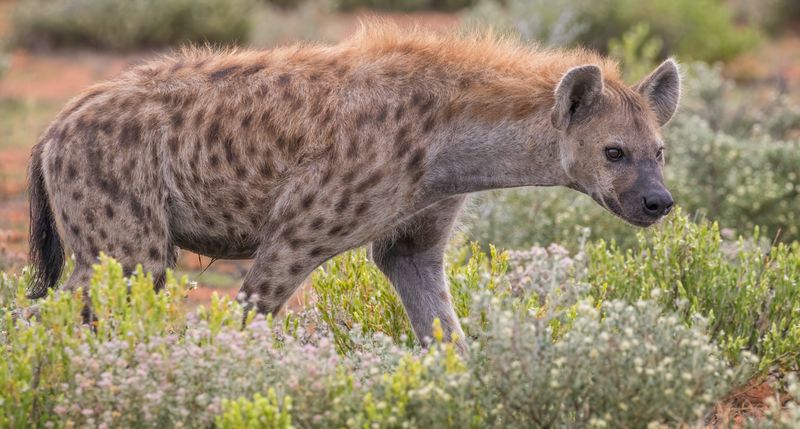
Don’t let their awkward appearance fool you—spotted hyenas possess the strongest bite force of any mammal their size. Their powerful jaws can crush elephant bones, and they’re far from the cowardly scavengers portrayed in movies.
In groups, hyenas routinely drive lions from kills and can do the same to bears. Their eerie “laughing” calls signal confidence, not fear, as they coordinate attacks that few animals can withstand when outnumbered.
13. Electric Eel
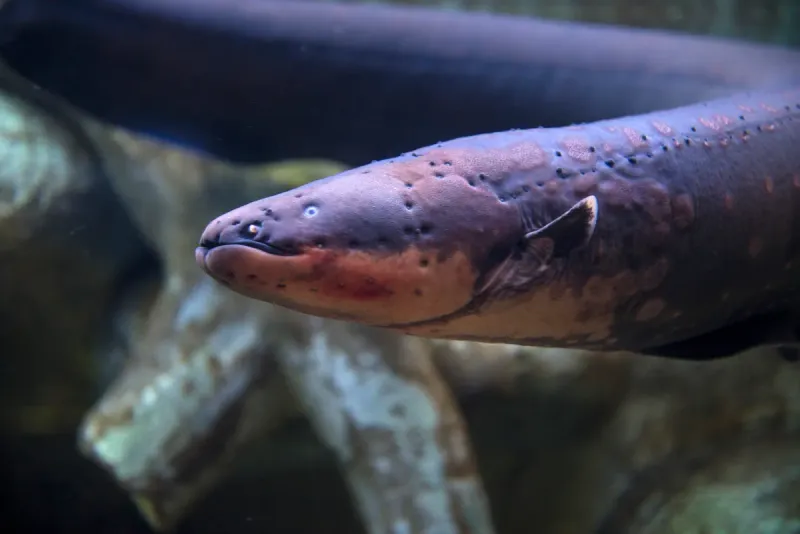
Capable of generating up to 860 volts of electricity—enough to stun a horse—electric eels are living stun guns. Their specialized cells function like biological batteries, delivering powerful shocks that can cause heart failure in larger animals.
Bears fishing in South American waters quickly learn to avoid these elongated shock generators. Even a brief encounter can leave a bear temporarily paralyzed and vulnerable to drowning, making these aquatic creatures surprisingly dangerous despite their unimposing appearance.

